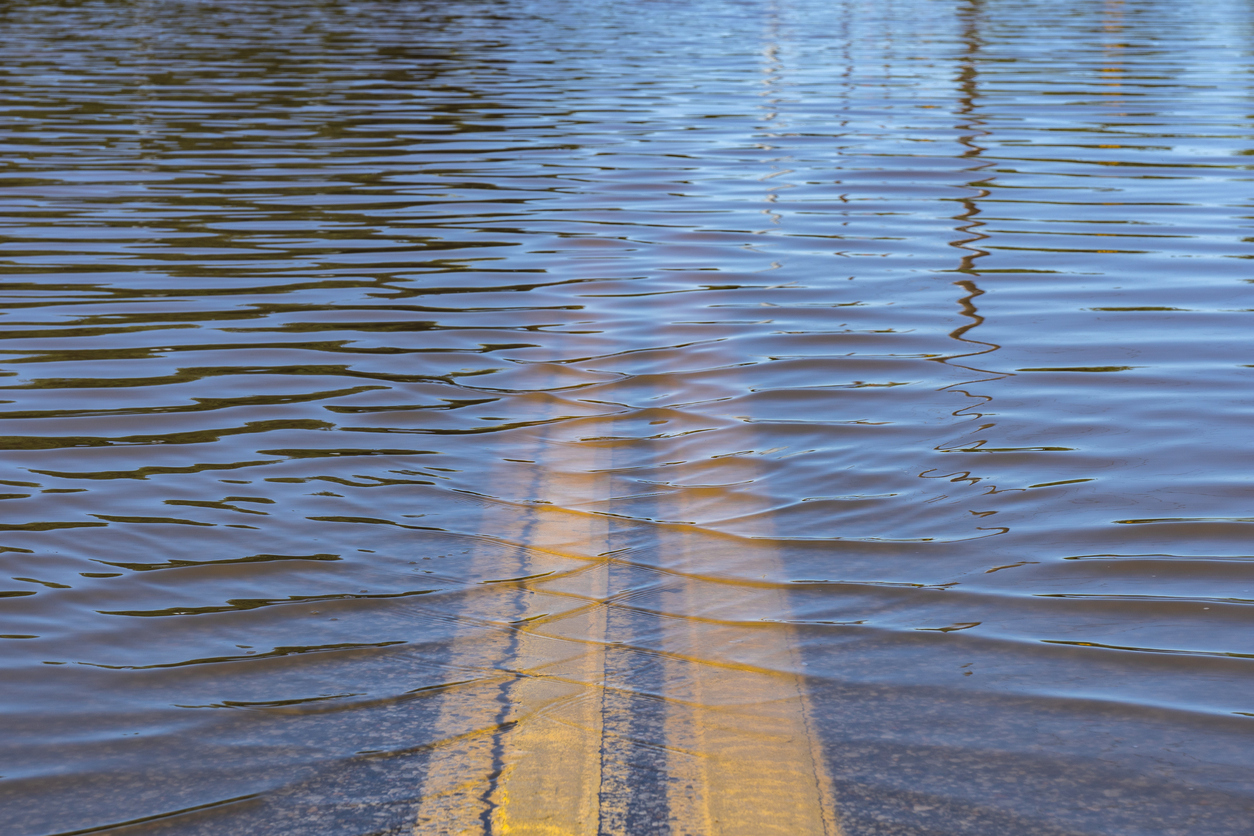Authorities in New South Wales have told approximately 50,000 residents, the majority of whom live in Sydney's western suburbs, to evacuate or have been warned that they may receive evacuation orders, up from 30,000 on Monday.
"This event is far from over," said New South Wales Premier Dominic Perrottet. "Please be cautious when driving on our roads, no matter where you are. There are still significant risks of flash flooding."
Prime Minister Anthony Albanese, who returned to Australia on Tuesday after a week-long trip to Europe, said he and Perrottet would tour the affected areas on Wednesday.
The federal government declared the floods a natural disaster, allowing flood-affected residents to receive emergency funding.
The latest wild storm cell, which dumped a year's worth of rain in some areas in three days, is expected to ease in Sydney starting Tuesday as the coastal trough moves north, according to the Bureau of Meteorology (BoM).
However, the risk of flooding may persist throughout the week, as most river catchments were already near capacity prior to the latest deluge. Since Saturday, some areas have received 800mm (31.5 inches) of rain, exceeding Australia's annual average rainfall of around 500mm (20 inches).
From Tuesday, about 90mm (3.5 inches) of rain could fall in six hours along the state's mid-north coast, reaching up to 125mm (5 inches) in some places, according to the BoM.
Winds of up to 90 km/h (56 miles per hour) are also expected in several flood-affected areas, increasing the risk of falling trees and power lines.
Despite the rough seas, emergency crews continued their rescue operation on Tuesday to tow a bulk carrier ship that lost power off the coast of Sydney after tow lines broke in the storm, according to officials.
According to the weather bureau, major flooding is occurring in Windsor in Sydney's west, the city's third and most severe flood this year.
Social media footage showed submerged roads and bridges, while emergency crews rescued people stranded in partially submerged vehicles that became stuck in rising waters.
Nigel Myron, a Windsor resident, said he has an inflatable boat ready in case he needs to evacuate, but he plans to return to his home once the waters recede.
"What can you do at the end of the day? It is what it is, and after the floods have passed, we pick ourselves up from the ashes and rebuild "Myron stated on ABC television.
IMPORTANT ECONOMIC IMPACT
The floods, according to Federal Treasurer Jim Chalmers, will have a "significant economic impact."
Floods have likely inundated several food-producing regions, reducing supplies and raising prices, further straining family budgets already strained by soaring vegetable and fruit prices, according to Chalmers.
"It's pointless to skirt around the issue... our economy's inflation problem will worsen before it improves. It has many sources, but this (flood) will be one of them "Chalmers spoke to Sky News.
The Reserve Bank of Australia noted that the floods "are also affecting some prices" as it raised its cash rate by a whopping 50 basis points on Tuesday, indicating that more tightening is on the way to tame surging inflation. more info
The Insurance Council of Australia, which declared the floods a "significant event," urged those affected to file claims despite the fact that the full extent of the damage was unknown.













